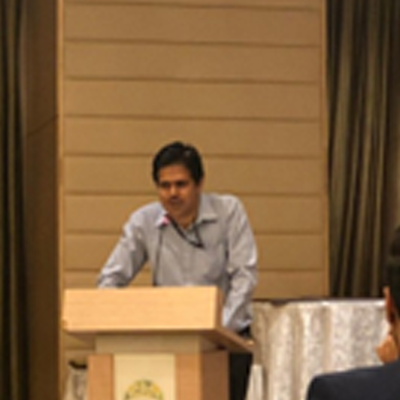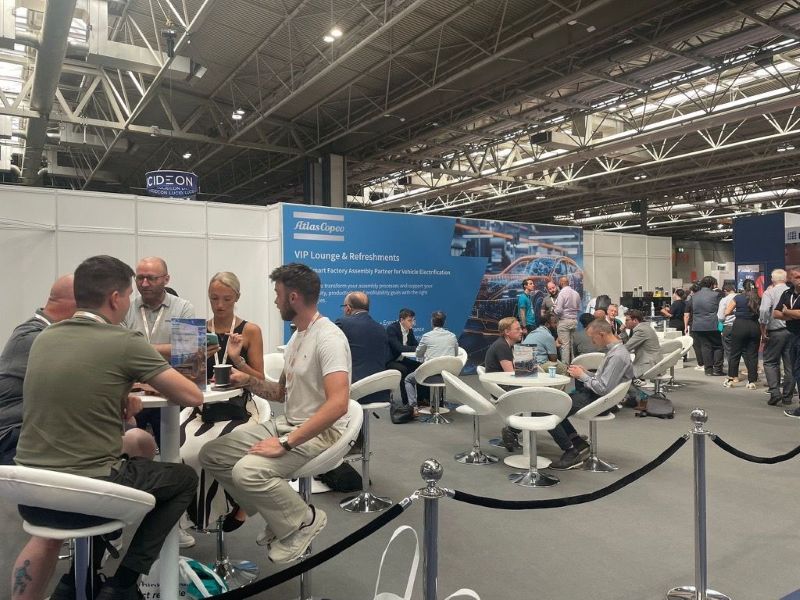The global bus and coach industry is undergoing significant changes due to the implementation of strict emission regulations aimed at mitigating climate change. This situation poses numerous difficulties for bus fleet operators, including increased ownership expenses, higher maintenance costs, and concerns regarding the lifespan of buses. Moreover, the incorporation of advanced driver assistance systems (ADAS) further complicates the situation. Addressing these challenges necessitates industry-wide collaboration to devise efficient solutions, supported by governmental incentives aimed at encouraging broader adoption of zero-emission technology.
Frost & Sullivan’s recent mobility webinar delved into the realm of — How zero-emission powertrains and ADAS are driving growth in global bus and transport industry. This engaging discussion yielded pivotal contributions shaping the industry’s future, thanks to the collaborative efforts of visionary experts.
The following experts evaluated the primary challenges, growth opportunities, and examined the role that various stakeholders will play in shaping the industry’s trajectory: Saideep Sudhakar —Growth Expert and Research Manager at Frost & Sullivan; Shyam Sundar — Growth Expert and Industry Analyst at Frost & Sullivan; and Gnanaprakash Shanmugam — Growth Expert and Industry Analyst at Frost & Sullivan
Gain valuable perspectives from these experts by clicking here to access the recorded session of this Webinar.
The following are some of the key perspectives derived from the webinar:
Alternative Powertrains for Low-Emission Zones: Governments worldwide are increasingly promoting eco-friendly transportation solutions, with subsidies and tax exemptions aimed at encouraging the transition away from conventional fossil fuels. In response to this change, providers feel the need to prioritize the adoption of alternative powertrains for buses operating within low-emission zones. Is your organization capitalizing on government incentives and the rising demand for eco-friendly transportation solutions to drive growth?
Product Development Focus: Prioritizing the development and integration of advanced safety features, such as collision avoidance systems, adaptive cruise control, and lane departure warning, in transit and coach bus segments. What best practices is your organization adopting to effectively prioritize the development and integration of advanced safety features within transit and coach bus segments?
Region-Specific Business Models: Tailoring business models to suit the unique requirements of different regions, considering factors like ownership structure, financial capabilities, and regulatory frameworks. Adopting flexible approaches, such as outright purchase models and utility provider models to address the diverse needs and accelerate penetration into new regions. Is your team evaluating innovative business models to customize its offerings according to the diverse requirements of various regions?
Partnerships and Ecosystem Development: Fostering collaborations with government agencies, energy utilities, and other stakeholders in the automotive space to overcome challenges related to infrastructure development, financing, and penetration into new regions. What approaches is your growth team employing to foster partnerships and ecosystem development with various stakeholders to address infrastructure and financing challenges?
“In the ever-changing landscape of global bus markets, stability is a beacon in regions that prioritize zero-emission mandates and safety imperatives. Overcoming these challenges demands concerted efforts across the industry to foster convergence towards transformative solutions. Government incentives play a pivotal role in propelling the widespread adoption of emission-free technologies.”— Saideep Sudhakar, Growth Expert and Research Manager at Frost & Sullivan





